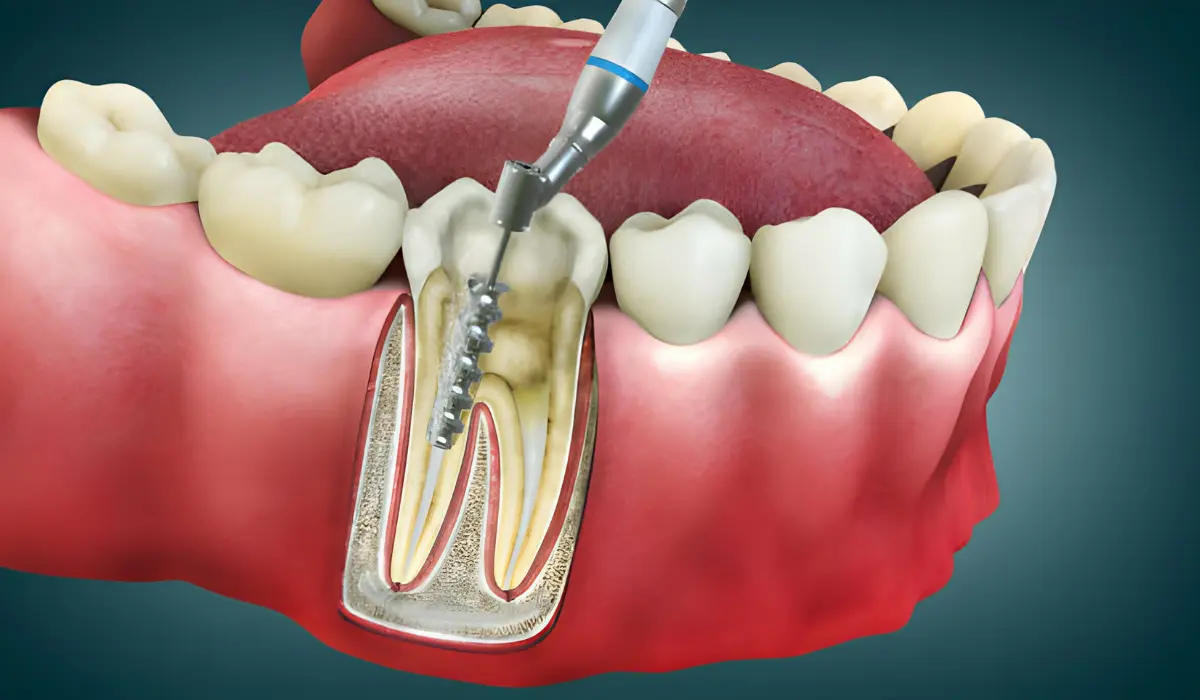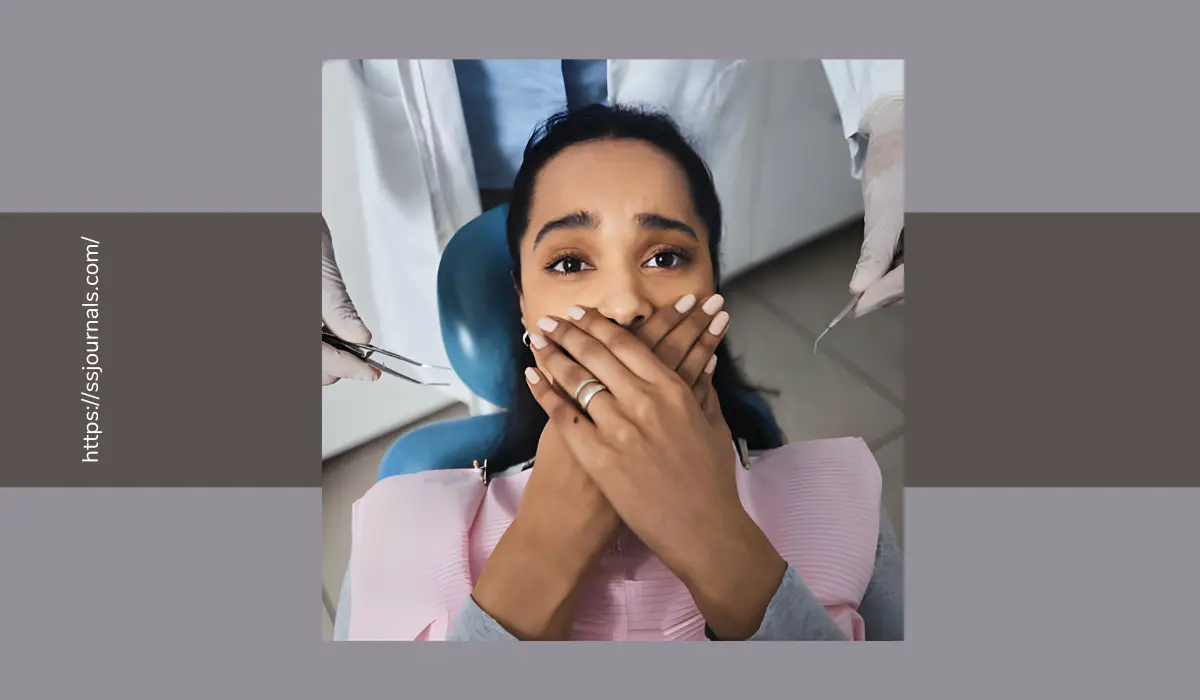A root canal is a common dental procedure that involves removing infected pulp from inside a tooth and sealing it off. Though they have a high success rate, some may experience pressure pain after root canal treatment on the tooth with a root canal. This uncomfortable post-procedure pressure pain on root canal teeth can arise due to various reasons. Understanding the causes and applying simple at-home remedies can provide relief until you can consult your dentist.
This article offers 5 helpful tips to effectively deal with pressure pain on your root canal tooth after your root canal procedure. We’ll provide an overview understanding of root canal treatment and the causes of pain after root canal treatment. Then explain possible reasons behind the pressure pain on the root canal tooth. Finally, the article will also offer actionable, dentist-recommended solutions. Follow these simple methods to manage pain after root canal treatment until your next dental visit.
Understanding Root Canal Treatment and Common Post-Procedure Sensations

A root canal involves deep cleaning inside the tooth pulp and sealing it off with rubber-like filling material. Though the pulp nerves and tissues get removed, you may feel some pressure or mild aches due to inflammation. This is a normal post-root canal procedure, along with slight swelling and tooth sensitivity that subsides in a few weeks with dental crown placement.
However, if you experience intense, persistent pressure pain on the root canal tooth even several days after the procedure, that indicates complications. Let’s examine common reasons for pressure pain after root canal treatment.
Causes of Pain After Root Canal Treatment
✔ Incomplete removal of infected pulp
The main purpose of a root canal involves cleaning out all decayed and infected tooth pulp inside the canals and filling them to prevent reinfection. However, sometimes minute pieces of tissue can get left behind accidentally. This results in persistent inflammation and pressure pain on the root canal tooth.
✔ Development of new infection
Although the canal gets sealed, new bacteria might still invade through small cracks in the tooth or defective fillings, causing fresh infection and pressure pain after root canal treatment. This is more likely if there’s a delay in placing the dental crown.
✔ Trapped air bubbles
During filing procedures, small air bubbles can accidentally get trapped inside the canal filling. As they expand, they put pressure on tooth nerves causing moderate to severe pressure pain on root canal tooth after treatment.
✔ Periodontal disease complications
With preexisting gum disease, the inflammation can spread to tissues surrounding the root canal tooth as well, resulting in pressure pain after root canal treatment.
Why Does Your Tooth With Root Canal Hurts With Pressure?
So, why does your tooth with a root canal hurt with pressure? Since a non-vital tooth gets its nutrients via the surrounding gum and bone tissues, inflammation in these areas can directly affect it. The swollen surrounding tissues put extra pressure on the already sensitive tooth with the root canal causing pressure pain while chewing or touching it.
Additionally, pressure changes in the weather and while flying can cause trapped bubbles in the canal filling to expand, leading to sharp pressure pain on the root canal tooth. Let’s look at some practical, at-home methods to manage this pain until your follow-up.
How to Manage Pain after Root Canal Treatment?
Now, let’s look at the various ways how to manage pain after root canal treatment.
✔ Take over-the-counter pain medications
Anti-inflammatory painkillers like NSAIDs help alleviate pressure pain from inflamed gum tissues. Follow dosage instructions carefully. Contact your dentist if the pain persists beyond 3 days.
✔ Rinse with warm salt water
Saltwater pulls excess fluid from swollen tissues, easing pressure pain on the root canal tooth. Mix 1 tsp of salt in a glass of warm water. Swirl it gently around the aching tooth for a minute then spit it out. Do this 2- 3 times daily.
✔ Apply cold or warm compresses
Both heat and cold therapy help reduce pressure pain on root canal teeth. Wrap an ice cube or heating pad in a towel and hold it against the cheek over the aching tooth. Apply for 10 mins a few times daily until the swelling subsides.
✔ Maintain proper oral hygiene
Brush and floss gently after meals; avoid hard, sticky foods. Though a tooth with a root canal is non-vital, keeping your mouth clean prevents secondary infection and recontamination which causes pressure pain on the root canal tooth.
✔ Visit your dentist promptly
If pressure pain persists for over a week despite home remedies, contact your dentist immediately. You may need prescription medication or retreatment if complications arise like leftover infected pulp or a new infection in the tooth with a previous root canal. Don’t neglect persistent pressure pain after root canal treatment.
Final results
Though pressure pain can trouble you following root canal treatment, understanding possible reasons and taking prompt action provides relief in most cases. Try simple home therapies like saltwater rinses and OTC pain medication. It will help you to manage pressure pain after root canal treatment until you can consult your dentist.
However, if the intense pressure pain on the root canal tooth persists beyond 10 days post-procedure along with swelling, sensitivity, or foul odor, contact your endodontist. You may need prescription antibiotics or an additional procedure to treat leftover infected pulp or new infection in the sealed canal space.
Catching and addressing complications early is important for the long-term success of the initial root canal procedure. Along with proper oral hygiene and dental crown placement, this preserves your natural tooth despite its root damage or pulp decay.
While dealing with post-procedure pressure pain causes considerable discomfort, don’t lose hope. A quick follow-up and revision treatment resolves most cases allowing proper healing of your tooth with a previous root canal. Adopting simple home remedies also eases symptoms temporarily until you receive professional dental care.
Have you dealt with persistent pressure pain after your root canal treatment? What remedies worked best to resolve it?

